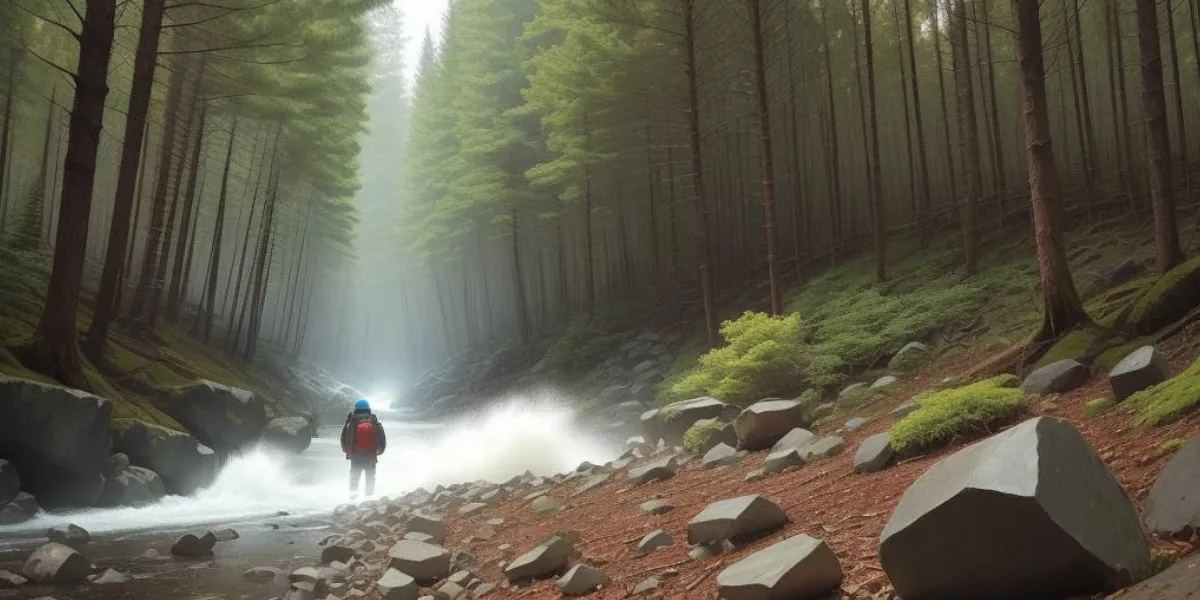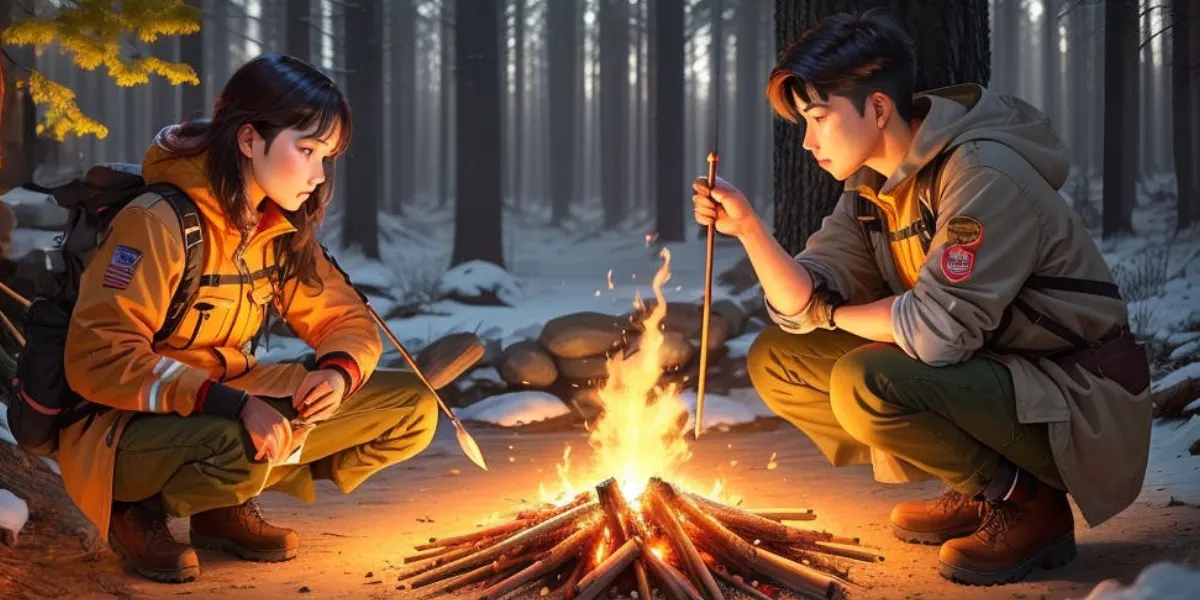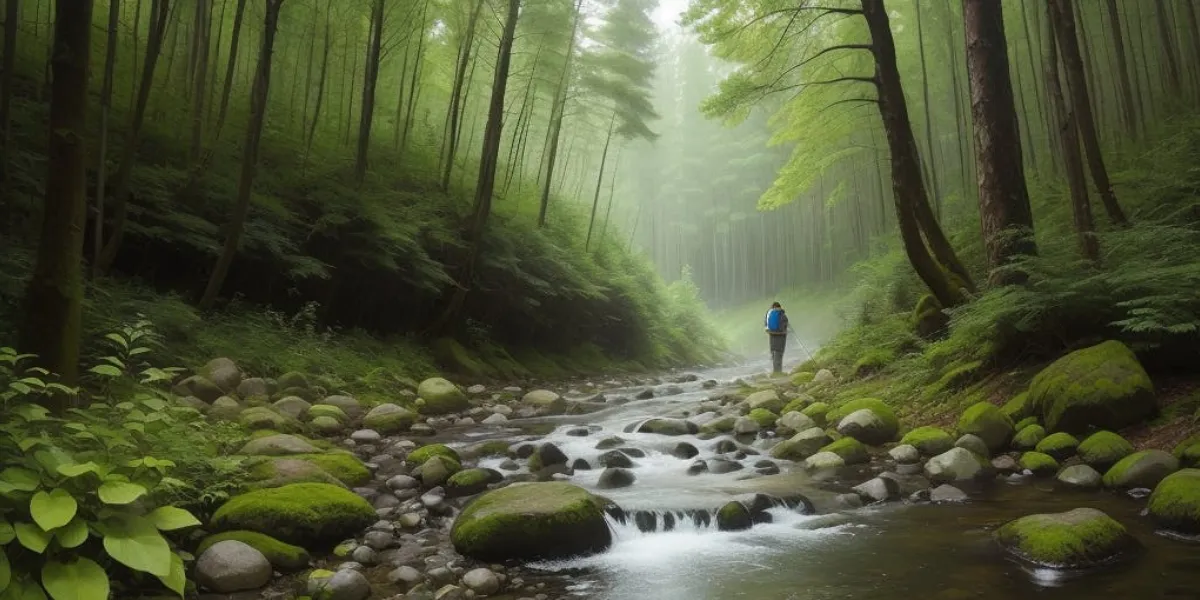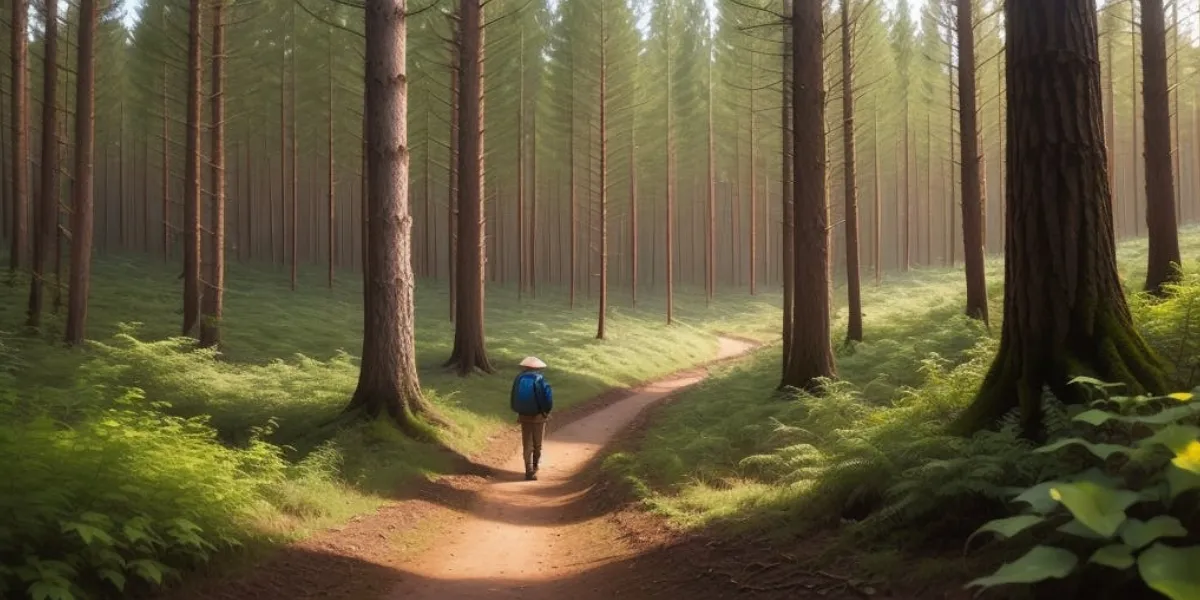
Five Essential Wilderness Survival Skills For Beginners
When you’re up a creek without a paddle, survival skills are your lifeline. You’ve yearned for freedom in the wild, and now it’s within your grasp. Empower yourself with these five fundamental skills:
Crafting a sturdy shelter
Starting a fire
Securing clean water
Foraging for food
Mastering rescue signals
Don’t just venture into the wilderness—conquer it. This practical guide is your first step to thriving in nature, where true liberation awaits.
Key Summaries
When building a shelter, prioritize durability, insulation, and protection from elements.
Master various fire-starting techniques like friction, firesteel, magnifying glass, and chemical methods.
Locate reliable water sources like streams, rivers, and lakes, but ensure safety before drinking.
Learn plant taxonomy, understand common edible plants, and be wary of toxic lookalikes.
Prioritizing Survival Needs
Assessing your basic needs is the first step in ensuring your survival when you’re facing the unpredictability of the wilderness. You’ve got to know what you’re up against, and understanding weather patterns is crucial. Are you heading into a cold snap or a heatwave? This knowledge dictates your shelter strategy and clothing choices—don’t get caught off-guard.
Fire fundamentals are next on your list. Mastering the art of fire-making isn’t just a party trick; it’s your lifeline. It keeps you warm, boils your water, and signals for help. You’ll want to gather dry tinder, kindling, and larger pieces of wood before the sun dips below the horizon. Remember, it’s not just about sparking a flame; it’s about maintaining it responsibly without causing a larger blaze.
Your freedom out there depends on these skills. The wild doesn’t forgive ignorance, so school yourself on these essentials. Keep your head clear and your priorities straight—shelter, water, fire, food, and signals. Hone these skills before you need them and you’ll stand a much better chance at not just surviving, but thriving, no matter what Mother Nature throws your way.

1. Building A Shelter
In the face of harsh elements, you’ll need to find or create a shelter that stands between you and the wilderness. Your survival may hinge on your ability to use the environment to your advantage, which starts with two fundamental steps: choosing materials and location selection.
When you’re choosing materials, think about:
Durability and insulation:
Leaves and boughs are great for insulation.
Fallen branches and deadwood can provide a sturdy frame.
Location selection is critical. Look for:
Natural Protection:
Overhanging rocks or tree canopies can shield you from elements.
Avoid valleys and pathways of water to stay dry.
Your shelter doesn’t need to be a palace; it just needs to keep you safe from the wind, rain, and cold. Use the resources around you wisely, and remember that the best shelter is one you can make quickly and efficiently, without expending unnecessary energy.
Your creativity is your best tool here. Embrace the challenge, and you’ll find that building a shelter isn’t just a survival skill but also a path to feeling free and capable in the wild.
2. Fire Starting
Now let’s move on to the next essential skill for wilderness survival: starting a fire. When you find yourself in the wilderness, knowing how to start a fire can be a lifesaver. Fire provides warmth, light, and the ability to cook food, boil water, and signal for help. It can also keep dangerous animals away and provide a sense of comfort and security. In order to start a fire, you need to have a good understanding of fire-starting techniques and the importance of fire in wilderness survival.
Here are some fire-starting techniques you should know:
| Technique | Description |
|---|---|
| Friction | Rubbing two sticks together to create friction and generate enough heat to ignite the tinder |
| Firesteel | Striking a firesteel against a piece of flint or a metal surface to create sparks that ignite the tinder |
| Magnifying Glass | Using the sun’s rays focused through a magnifying glass to create heat that ignites the tinder |
| Chemical | Utilizing chemicals such as potassium permanganate and glycerin to create a chemical reaction that ignites the tinder |

3. Finding And Purifying Water
Once you’ve secured your shelter, your next priority is locating a water source and ensuring it’s safe to drink. In the wilderness, reliable water sources include streams, rivers, and lakes. However, don’t take a chance on water that could be contaminated. You’re striving for independence, and the last thing you need is to be incapacitated by waterborne illnesses.
To guarantee your water is clean, master a few filtration methods. Boiling is your most straightforward option. Collect water and bring it to a rolling boil for at least one minute. This process kills pathogens, ensuring your safety.
If boiling isn’t feasible, consider a portable filtration device. These handy gadgets can filter out bacteria and protozoa. For a makeshift solution, you can also use a bandana or piece of clothing to remove large particulates before purifying with chemical treatment tablets that are specifically designed to neutralize harmful microorganisms.

4. Identifying Edible Plants
While you’re mastering the art of survival, it’s crucial you learn to distinguish which plants you can safely eat. Your freedom in the wild hinges on your ability to identify sustenance without falling prey to toxic lookalikes. Grasping the basics of plant taxonomy is your first step to confidently navigating this green maze.
Understand Plant Taxonomy:
Learn the major plant families.
Get familiar with common edible plants and their unique features.
Beware of Toxic Lookalikes:
Study plants with known poisonous doppelgangers.
Always err on the side of caution when in doubt.
Remember, not all that’s green is good for you. Some plants may seem inviting but harbor toxins that can compromise your well-being. Start by learning the distinguishing characteristics of safe plants – the shape of their leaves, the color and pattern of their flowers, and their distinct scents or textures.
Equip yourself with a field guide tailored to your region’s flora. It’s a practical tool that can liberate you from uncertainty and potential harm. Most importantly, never test a plant’s edibility by taste alone; some toxins don’t reveal themselves until it’s too late. Trust in your knowledge, and let it be the compass that guides you to safe nourishment.

5. Signaling For Rescue
Transitioning from identifying edible plants, you’ll also need to master signaling for rescue, ensuring you can attract attention when you’re in distress. Being able to signal for help is critical to your liberation from a perilous situation in the wilderness. Let’s dive into two effective methods: mirror signaling and whistle blasts.
Mirror signaling uses sunlight to create flashes visible for miles. Angle the mirror toward the sun and sweep the horizon until you catch a potential rescuer’s attention. It’s a simple yet powerful technique.
Whistle blasts are another lifesaver. Three sharp, successive blasts are a universally recognized distress signal. It’s an efficient way to be heard when visibility is low or if you’re immobilized.
Here’s a quick guide to enhance your signaling skills:
| Method | Tips |
|---|---|
| Mirror Signaling | Use reflective items, aim for clear skies, practice sweeps |
| Whistle Blasts | Three blasts in a row, pause, and repeat for consistency |
| Fire Signals | Large, smoky fires can be seen from afar |
| Ground Symbols | Use rocks or logs to create visible SOS from above |
| Sound Signals | Bang on objects or use your voice in patterns |
These techniques are your lifeline. Practice them regularly, and you’ll be well-equipped should you need to signal for rescue. Remember, your safety may depend on these skills, so take them seriously.
Frequently Asked Questions
How do I protect myself from wild animals while building a shelter?
To protect yourself from wild animals while building a shelter, stay vigilant and make noise to alert them of your presence. Choose a location away from animal trails and food sources, and avoid leaving food or strong scents around your shelter.
What are some alternative methods for starting a fire if I don’t have matches or a lighter?
If you find yourself without matches or a lighter, there are alternative methods for starting a fire. Try using friction fire, solar fire, the hand drill method, or the fire plough method.
How can I determine if a water source is safe to drink from in the wilderness?
To determine if a water source is safe to drink from in the wilderness, use your senses. Look for clear water, listen for flowing sounds, smell for any unusual odor, and taste a small amount. Trust your instincts and avoid potential risks. When in doubt boil it. There are very few times in the wilderness when you might consider not boiling water before drinking it.
What should I do if I get lost in the wilderness and don’t have a compass or map?
If you find yourself lost in the wilderness without a compass or map, there are still ways to survive. Look for natural landmarks, make a shelter, find drinkable water, and learn basic navigation skills.
Are there any edible plants that are commonly found in both forests and deserts?
To find edible plants in forests and deserts, learn to identify them and safely consume them. Avoid poisonous plants by studying their characteristics. Liberating yourself in the wilderness includes knowing what to eat.
Conclusion
In the wild, remember that knowledge is power. You’ve got the basics to brave the elements. Prioritize your needs, build a sturdy shelter, stay hydrated with clean water, forage wisely, and signal effectively. ‘Luck favors the prepared,’ so practice these skills before you’re in a pinch. With these tools in your arsenal, you’ll not just survive, but thrive. Stay safe, stay smart, and let nature be your ultimate teacher.

